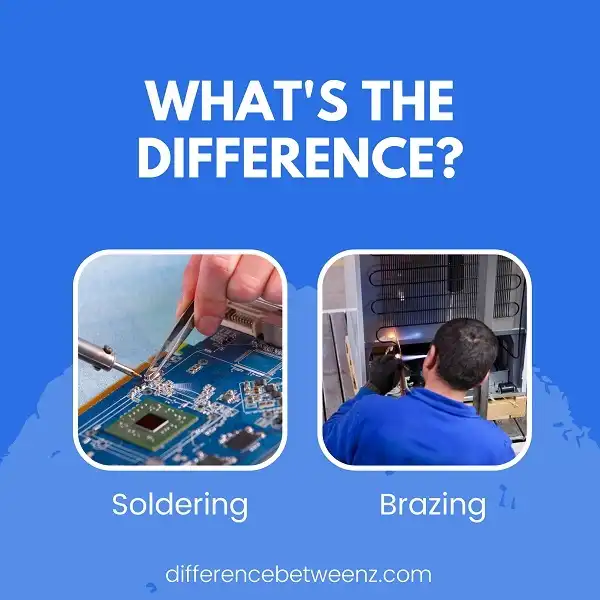When it comes to joining two pieces of metal together, there are a few options. But what’s the difference between soldering and brazing? And which is the best option for you? In this blog post, we’ll break it down for you.
What is Soldering?
Soldering is a process in which two or more metals are joined together by melting and flowing a filler metal into the joint. The filler metal has a lower melting point than the base metals being joined, so it can be melted and drawn into the joint by capillary action. In addition to the filler metal, solder also contains flux, which helps to remove oxides from the surfaces of the base metals and prevent them from re-forming. When soldering is done correctly, the joint will be strong and resistant to corrosion. However, if not done correctly, the joint may be weak and susceptible to leakage.
What is Brazing?
- Brazing is a thermal joining process in which two or more metal parts are joined together by filling the joint with a molten filler metal. The filler metal is typically a bronze or brass alloy, although some other alloys can also be used.
- The parts to be joined are first cleaned and then placed in contact with each other. The filler metal is then melted and drawn into the joint by capillary action. Once the joint has cooled, the filler metal will have solidified, forming a strong bond between the two parts.
- Brazing can be used to join both ferrous and non-ferrous metals, making it a versatile technique for joining dissimilar materials. Because brazing does not require as high of temperatures as welding, it can also be used to join delicate components without damaging them. As a result, brazing is an important process for many industries, including electronics, automotive, and aerospace.
Difference between Soldering and Brazing
Both soldering and brazing are processes that are used to join two pieces of metal together. The main difference between the two is the temperature that is required to do each process.
- Soldering can be done at lower temperatures than brazing, which means that it is generally not as strong of a joint. However, soldering is often preferred because it requires less heat, which can make it easier to avoid damaging the surrounding materials.
- Brazing, on the other hand, produces a stronger joint but also requires higher temperatures. As a result, brazing is more likely to damage the surrounding materials.
- When choosing between soldering and brazing, it is important to consider the strength of the joint that is needed as well as the potential for damage to the surrounding materials.
Conclusion
Soldering and brazing are two different ways of joining metals. The main difference is that soldering uses a lower temperature to join the metals, while brazing uses a much higher temperature. Both methods have their own advantages and disadvantages, so it’s important to understand which one will work best for your project.


